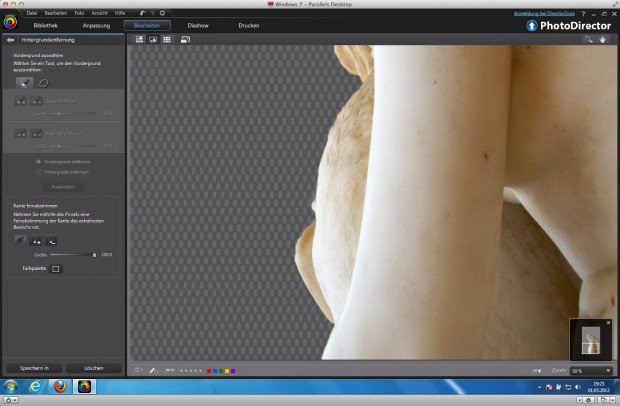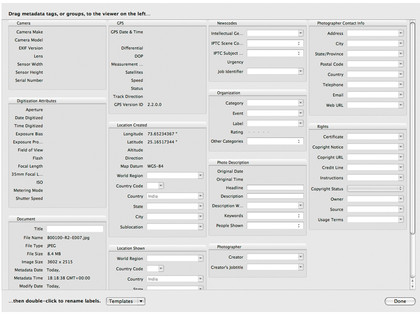


For heterogeneous systems, controlled immobilization of reactants is essential for reliable, sensitive detection of analytes. For example, specific advances have been made in reagent consumption, throughput, integration of multiple assay steps, assay automation, and multiplexing capability. Microfluidic systems have shown unequivocal performance improvements over conventional bench-top assays across a range of performance metrics. For this study DNA oligonucleotides were chosen as a model system of biomolecular probes, and fluorescence detection of DNA microarrays served as method of detection. Of all photolinkers and substrates tested, PTD as photolinker and COC as substrate showed the highest photolinking efficiencies and fastest reaction times. We compared the overall photolinking efficiency of all photolinkers with respect to the polymer substrate they are applied to, and we found considerable differences for certain photolinker/substrate combinations. The influence of substrate material is discussed, and three different polymers served as representative substrates: poly(methyl methacrylate) (PMMA), polystyrene (PS), and a cycloolefin copolymer (COC). The influence of these variables are investigated for four prominent photolinkers: ketyl-reactive benzophenone (BP) and anthraquinone (AQ), nitrene-reactive nitrophenyl azide (NPA), and carbene-reactive phenyl-(trifluoromethyl)diazirine (PTD). This study addresses the selection of photolinker and the adjustment of reaction conditions, such as the concentration of biomolecule applied, and irradiation time. The use of photolinkers (photoactivatable heterobifunctional crosslinkers) is a popular method to attach biomolecules to polymer surfaces.


 0 kommentar(er)
0 kommentar(er)
